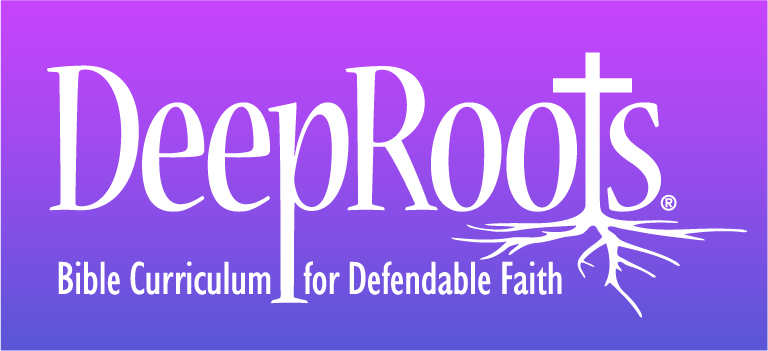How did David feel when he stepped into the valley of Elah in front of all Israel’s armies and the towering beast? How did he feel when his brothers questioned his motives for delivering their lunch moments before? How did David feel?
Previous victories with the lion and bear didn’t nullify the fear he would have felt. Faith in the unseen God of Israel didn’t stop his heart from beating a little faster. He was human and humans feel. It’s how God made us.
Faith, Emotion, and Doubt
For too long we have portrayed faith as a merely supernatural quality, as a Christian quality or something other than what it means to be human. It may be impossible to please God without faith, but the lack of it also dehumanises us. Faith isn’t a bolt-on optional extra for those who chose it; it’s woven into every person’s fabric. We imagine and create out of what is not yet seen. We make the hidden, visible; the imagined, reality; and to not chose faith is to choose inhumanity. To allow fear to so possess us that we remain and cling only to what is comfortable or familiar is to live not fully alive, it’s unnatural. Humans have faith and humans feel and these two are not mutually exclusive.
If we don’t recognise the role that emotions play in the stories of the Bible, in Jesus’ story, and in our personal journey, we fail to acknowledge the true essence of faith. By doing so we artificially eliminate the presence of doubt; but faith is only faith because doubt is still an option, fear is still an option, self protection is still an option. People of faith are those who have experienced enough of God’s nature and kindness that even in the presence of great opposition and fear they choose faith. There’s always a ‘good’ reason to not have faith, but faith—responding to God’s abundance and kindness—triumphs reason.
Faith isn’t a worldview; it’s more than a reason for the hope that we have. Of course what we believe is essential; we need to understand so we can stand! But faith is a choice and unless we can show our students an authentic expression of faith amid doubt, and love in the midst of fear, then many of them will be well versed in apologetics but with no faith to defend.
To reduce faith to a cerebral exercise both in our life and in our education is to teach compartmentalisation and suppression of feelings, which doesn’t set students up for life in all its fullness. In his letter to the Galatians, Paul writes that faith isn’t about circumcision; it isn’t the unnecessary add-ons. Instead it’s about loving your neighbour and living by the Spirit. And he gives us a feedback form so we know how we’re doing. The familiar fruit of the Spirit (and less familiar fruit of the flesh) show us whether we’re living a life of faith or not. It’s staggering to me that in this list Paul writes love first and joy second. Joy! Although these aren’t ranked in order, joy gets Paul’s attention before self-control.
It might be easy to model an apparent life of faith—a life fully alive—by discipling oneself in self-control. But you can’t fake joy; that requires a healthy and present heart, and you can’t have joy if you’re unwilling to also experience sadness and process the painful parts of life. In so doing we bring our surrender and God’s goodness to those parts and our faith is strengthened. A redemptive narrative is woven into the painful areas of our lives, and we are more confident of God’s goodness in the future. He is the good shepherd, and he always gives us everything we need.
Discipling the Next Generation
Students aren’t losing their faith in the Christian environment; it’s when they leave. Proverbs 22:6 tells us, ‘Instruct a child in the way they should go and when they’re old they will not depart from it.’ Instruct is about putting a structure in, a strength within that endures, but the stats show this isn’t the case for many youth. The external landscape and culture of the day has changed and perhaps our thinking on faith formation needs readdressing too. Information doesn’t mean transformation. Vulnerability and authenticity are the currency of the day. Students want to see and hear behind the curtain, to understand what a ‘yes’ to Jesus actually looks like.
May we grow in the self-awareness of our own faith journey and find ways of articulating this to our students. May we tell the stories from the pages of the Bible and use an empathetic lens to bring those courageous moments to life. And may we find ways of allowing the students in our schools experience their own doubt, to give permission to it, to allow the questions and differing opinions the air time they need. For in so doing we validate students’ faith journey; we give them space to have one. And from that place may we lead toward courage, toward truth and toward the person of Jesus. Where there is doubt there can also be faith. May we allow these moments and may we find ways to direct the eyes of our students toward the author and perfecter of our faith.

























